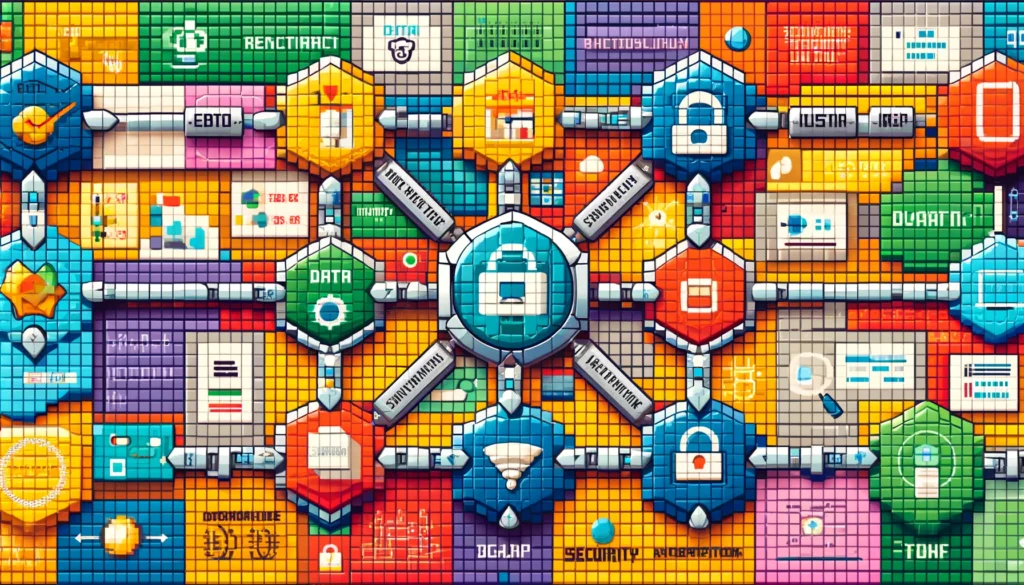What is Blockchain Technology?
Blockchain technology has emerged as one of the most revolutionary innovations of the 21st century, promising to transform a variety of industries by enhancing transparency, security, and efficiency. This article will provide an introduction to blockchain technology, explaining its fundamental concepts, how it works, and its potential applications.
At its core, a blockchain is a decentralized digital ledger that records transactions across multiple computers in a way that ensures the security and integrity of the data. Unlike traditional databases, which are controlled by a central authority, blockchain relies on a distributed network of nodes to verify and record transactions. This decentralized nature makes blockchain highly resistant to tampering and fraud.

How Does Blockchain Work?
A blockchain consists of a chain of blocks, each containing a list of transactions. Here’s a simplified breakdown of how it works:
- Transaction Initiation: A user initiates a transaction, such as sending cryptocurrency to another user.
- Transaction Verification: The transaction is broadcast to a network of nodes (computers) that validate the transaction using consensus algorithms.
- Block Creation: Once verified, the transaction is grouped with other transactions into a block.
- Block Validation: The block is then validated by the network through a consensus mechanism like Proof of Work (PoW) or Proof of Stake (PoS).
- Block Addition: After validation, the block is added to the existing blockchain, creating a permanent and unalterable record.
- Transaction Completion: The transaction is complete, and the updated ledger is shared across the network.
Key Features of Blockchain
- Decentralization: No single entity controls the blockchain. Instead, control is distributed among all network participants, reducing the risk of central points of failure.
- Transparency: All transactions are recorded on a public ledger that can be viewed by anyone, promoting transparency.
- Immutability: Once data is recorded on the blockchain, it cannot be altered or deleted, ensuring the integrity of the information.
- Security: Cryptographic techniques are used to secure transactions, making blockchain highly resistant to hacking and fraud.
Applications of Blockchain Technology
Blockchain technology is not limited to cryptocurrencies like Bitcoin. Its applications span various industries, including:
Finance
Blockchain is revolutionizing the financial sector by enabling faster and more secure transactions. It facilitates decentralized finance (DeFi) platforms, which offer financial services without traditional intermediaries.
Supply Chain Management
Blockchain enhances supply chain transparency by providing a secure and immutable record of the journey of goods from production to delivery. This helps in tracking and verifying the authenticity of products.
Healthcare
In healthcare, blockchain can secure patient records, ensuring they are tamper-proof and easily accessible to authorized personnel, thereby improving data integrity and patient care.
Voting Systems
Blockchain can be used to develop secure and transparent voting systems, ensuring that votes are accurately counted and reducing the risk of electoral fraud.
Real Estate
Blockchain simplifies property transactions by providing a transparent and immutable record of property ownership and history, reducing the potential for disputes and fraud.
Conclusion
Blockchain technology holds immense potential to revolutionize various sectors by providing a secure, transparent, and efficient way to record and manage transactions. As the technology continues to evolve, its applications are likely to expand, offering innovative solutions to longstanding challenges across industries. Whether it’s enhancing financial systems, streamlining supply chains, or securing healthcare records, blockchain is poised to play a pivotal role in the future of technology.
